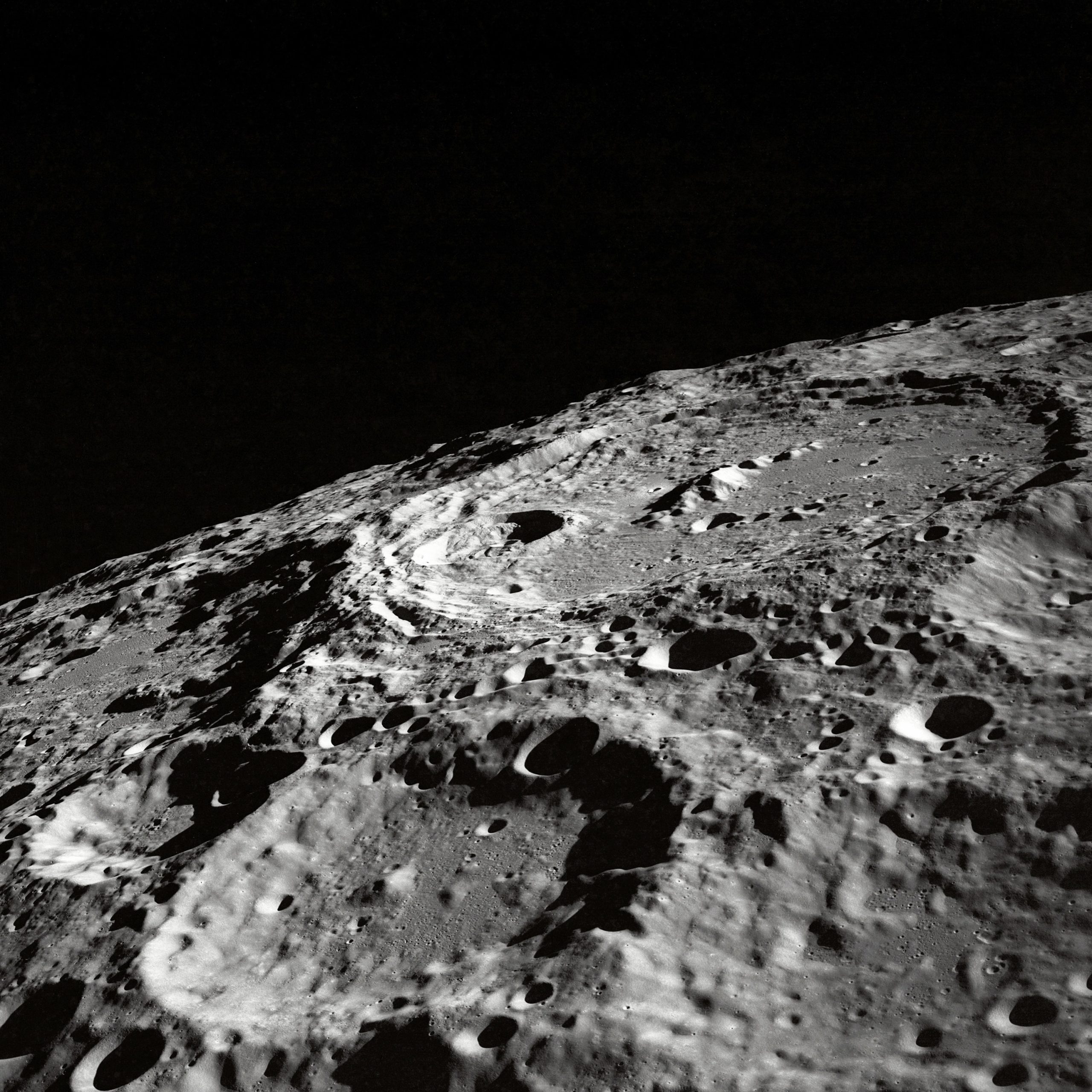The Daoism Dynasty: Unveiling the Ancient Chinese Philosophy
Daoism, also known as Taoism, is a rich and ancient philosophy that has deeply influenced Chinese culture for over two thousand years. As one of the major philosophical systems in China, Daoism has had a profound impact on various aspects of life, including politics, religion, art, and literature. In this blog post, we will delve into the fascinating world of Daoism, exploring its origin, key concepts, historical development, and enduring legacy.
1. Origins of Daoism
The roots of Daoism can be traced back to ancient China during the Warring States period (475-221 BCE). This was a time of great social and political turmoil, with numerous states vying for power. Amidst this chaos, a group of thinkers emerged who sought to understand the nature of reality, human existence, and the path to an ideal society.
Traditionally, Laozi, often referred to as the “Old Master,” is considered the founding figure of Daoism. According to legend, Laozi composed the foundational text of Daoism, the Dao De Jing, before disappearing into the mountains. The Dao De Jing presents Laozi’s teachings on the Dao, or the Way, which is seen as the underlying principle of the universe.
2. Key Concepts of Daoism
Central to Daoism is the belief in the Dao, an abstract and ineffable concept that transcends human understanding. The Dao is seen as the source of all things and the ultimate guide to living in harmony with the natural world. It emphasizes the importance of spontaneity, simplicity, and non-action as the path to achieve balance and inner peace.
The concept of Yin and Yang is another foundational element of Daoism. Yin represents the feminine, dark, passive, and receptive forces, while Yang symbolizes the masculine, light, active, and creative forces. These complementary opposites are believed to be present in all aspects of the universe and must be balanced for harmony to be achieved.
Daoists also embrace the idea of Wu Wei, which literally translates to “non-doing” or “non-action.” It does not imply a state of complete passivity but rather emphasizes the cultivation of effortless action aligned with the natural flow of the Dao. By embracing Wu Wei, individuals can avoid unnecessary struggle and find harmony in their actions.
3. Historical Development of Daoism
During the Han Dynasty (206 BCE – 220 CE), Daoism gained recognition as an official religion. The first Daoist organization, the Celestial Masters, was founded by Zhang Daoling in 142 CE. The Celestial Masters sect emphasized rituals, alchemy, and the pursuit of immortality.
Daoism experienced significant growth and diversification during the Tang Dynasty (618-907 CE). It incorporated elements of Buddhism and Confucianism, leading to the development of a more inclusive and syncretic form of Daoism. The practice of Daoist rituals and the pursuit of longevity continued to be important aspects of Daoist life.
Daoism reached its golden age during the Song Dynasty (960-1279 CE) when influential Daoist thinkers, such as Cheng Yi and Zhu Xi, integrated Daoist concepts into Neo-Confucianism. This period witnessed the flourishing of Daoist scholarship and literary achievements.
4. Daoism’s Enduring Legacy
Despite periods of suppression and persecution, Daoism has left an indelible mark on Chinese culture and society. Its influence can be seen in various aspects of Chinese life, including medicine, martial arts, the arts, and literature.
Traditional Chinese medicine often incorporates Daoist principles, such as the balance of Yin and Yang, in diagnosing and treating illnesses. Practices such as acupuncture, herbal medicine, and Qi Gong are deeply rooted in Daoist concepts of vital energy (Qi) and balance.
Daoist martial arts, exemplified by Tai Chi and Qigong, focus on cultivating Qi, enhancing physical health, and achieving inner harmony. These practices have gained popularity worldwide for their benefits to physical and mental well-being.
Daoist influences are also evident in Chinese art and literature. Landscape paintings often evoke a sense of natural harmony and the interconnectedness of all things, reflecting the Daoist worldview. Poets and writers draw inspiration from Daoist themes to explore questions of existence, nature, and the human condition.
Conclusion
The Daoism Dynasty, spanning over two millennia, has left an indelible impact on Chinese culture, philosophy, and way of life. From its origins in the Warring States period to its assimilation with other philosophical traditions, Daoism has provided a distinct lens through which the Chinese have viewed the world.
Although Daoism may seem esoteric to some, its core messages of harmony, balance, and effortless action have resonated with generations of individuals seeking a path to inner peace and fulfillment. Whether through traditional practices, artistic creations, or everyday life, Daoism continues to shape and inspire people both in China and around the globe.
| References: |
|---|
| https://www.britannica.com/topic/Taoism |
| https://www.bbc.co.uk/religion/religions/taoism/ |
Table of Contents
